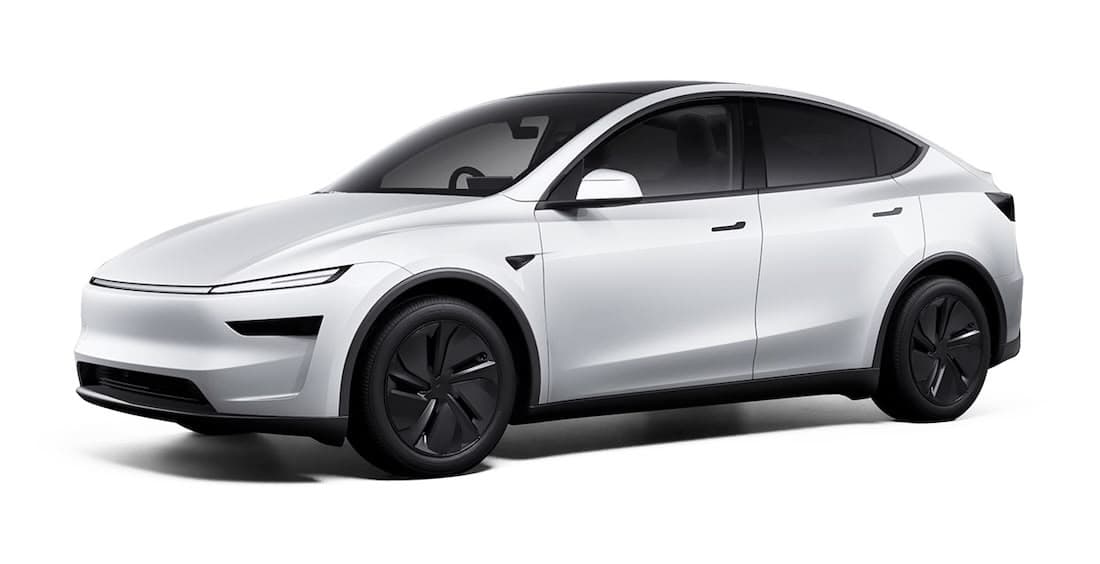Tesla Model Y

Price Range
$67,900 - $100,900
Range (WLTP)
455 - 600 km
Battery Size
62.3 - 82 kWh
Variants
The standard range RWD Model Y has a small lift in range over its predecessor (now 466 km) and a performance increase (from 6.9 s to 5.9 s for 0-100 km/h).
Performance
0-100 km/h
5.9 sTotal Power
220 kWTorque
420 NmTop Speed
201 km/hDrive
RWDRange & Efficiency
WLTP Range
466 kmWLTP Consumption
149 Wh/kmHighway Range
363 kmYour Real Range
Calculate Battery & Charging
Battery (nominal)
64 kWhBattery (usable)
60.5 kWhBattery type
LFPAC Charging
11 kWDC Charging
175 kWVehicle-to-Load (V2L)
NoDimensions & Weight
Length
4797 mmWidth
1920 mmHeight
1624 mmGround Clearance
167 mmWeight
1921 kgShape
Large SUVSeats
5Storage & Towing
Boot Space
854 LBoot Space (Max)
2158 LFrunk
117 LTowing (Braked)
1600 kgTowing (Unbraked)
750 kgHow many Tesla Model Y have been sold in NZ?
There have been 10,230 registered to date (including 31 used imports).
Tesla Model Y registrations
Monthly units (includes new and used import)

